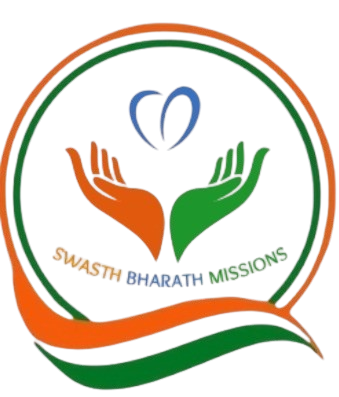
Ayushman Bharat So Far: Measuring the Real Impact of PM-JAY on Indian Families
Launched in 2018, Ayushman Bharat – Pradhan Mantri Jan Arogya Yojana (PM-JAY) aimed to transform India’s healthcare landscape by providing free, cashless treatment to the most vulnerable. With Rs 5 lakh coverage per family per year, it became the world’s largest publicly funded health insurance program.
But five years on, how deeply has it impacted Indian families?

Expanding Access to Healthcare
PM-JAY focuses on the poorest 40% of the population. It enables cashless treatment at empanelled public and private hospitals across India. Millions of people now access hospital services they couldn’t afford earlier. For many, it’s their first experience with insured, dignified care.
The Numbers That Matter
- Over 6 crore hospital admissions
- 25,000+ empanelled hospitals
- ₹5 lakh annual cover per family
- Crores saved in out-of-pocket expenses
These figures show the scheme’s vast reach and its growing role in India’s health infrastructure.
Improving Lives, One Family at a Time
Beyond statistics, PM-JAY has brought peace of mind to families. Critical surgeries, cancer care, and maternal health services are now within reach for millions — without the burden of debt or loans.
This shift is especially noticeable in rural and tribal communities, where healthcare was often delayed or denied.
System-Level Improvements
PM-JAY isn’t just helping individuals. It’s also improving the system by:
- Encouraging private hospitals to serve low-income groups
- Expanding healthcare infrastructure into smaller towns
- Streamlining processes through a digital platform
The scheme is quietly building the foundation for a more equitable healthcare ecosystem.
Challenges Ahead
Despite success, PM-JAY faces several challenges:
- Awareness gaps in remote regions
- Uneven implementation across states
- Delays in payments to private hospitals
- Limited follow-up or preventive care integration
Tackling these issues is essential for scaling impact further.
What’s Next
The future of PM-JAY depends on:
- Strengthening public hospital capacity
- Integrating services with more private hospitals
- Expanding awareness campaigns
- Ensuring fair participation from all states and private providers
India must now move from coverage to quality — ensuring not just access, but excellence in care.
Conclusion
Ayushman Bharat is more than a policy — it’s a lifeline for millions of Indian families. It has reduced fear, prevented poverty, and given people the confidence to seek care without hesitation.
With continued effort and thoughtful reform, it can take India one step closer to universal, affordable healthcare for all.
Address
- No 1, Saroj Square, Silver Springs Road, Whitefield Main Rd, Kundanahalli, Bangalore 560037
- 9739824550